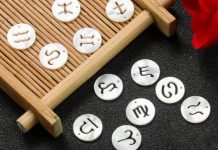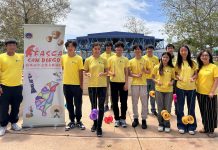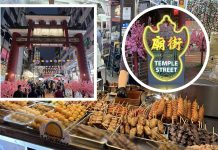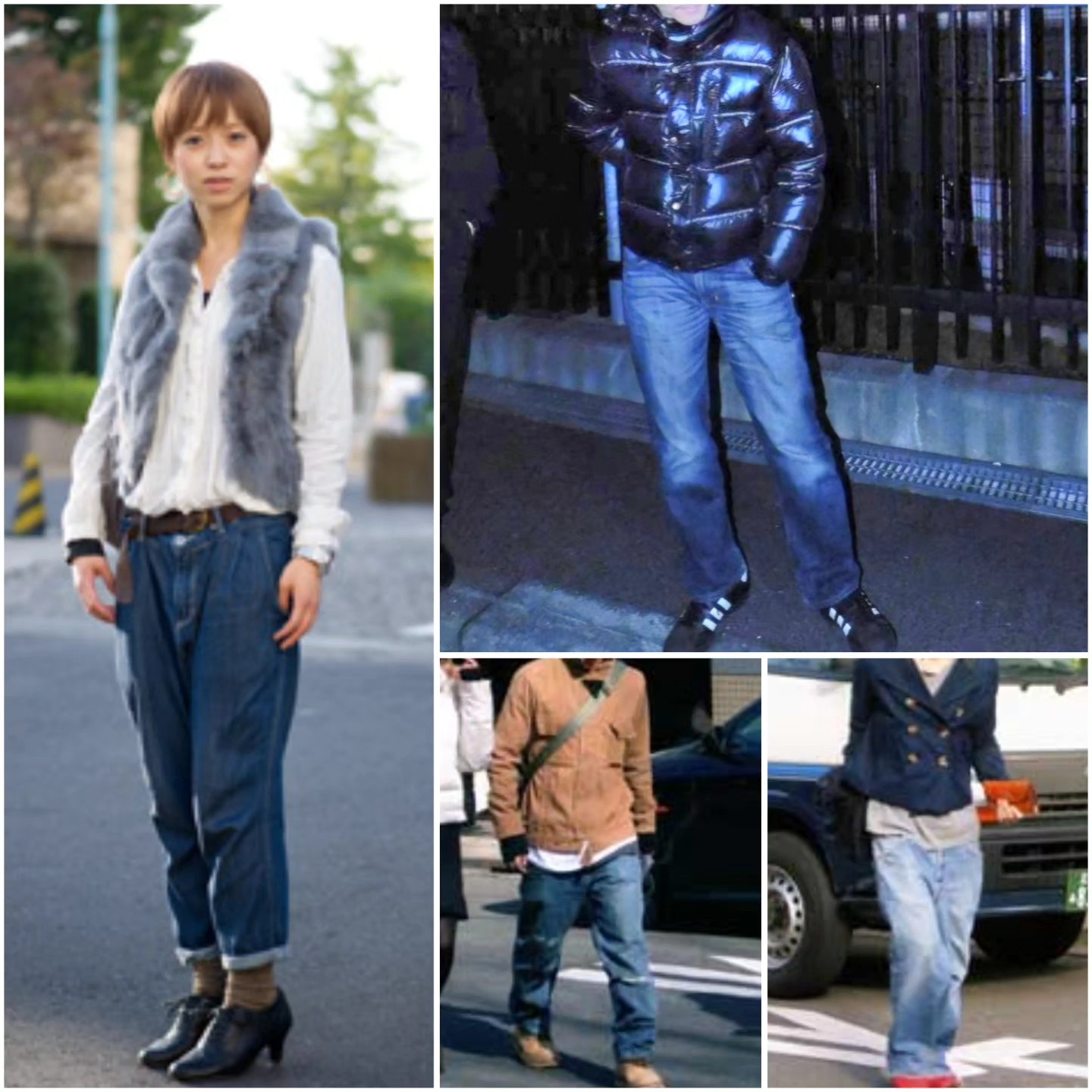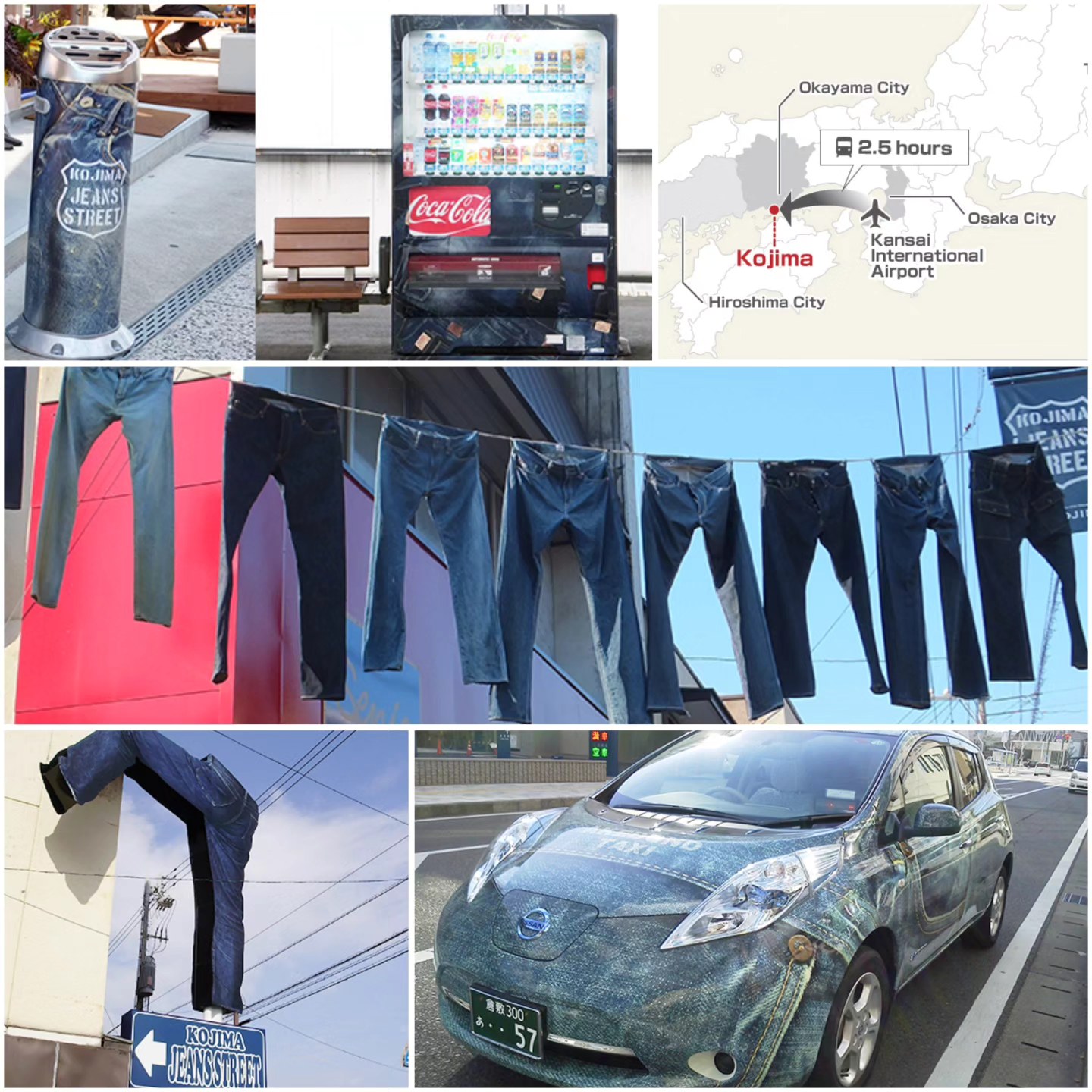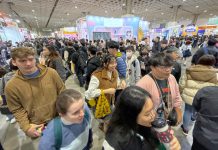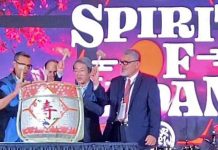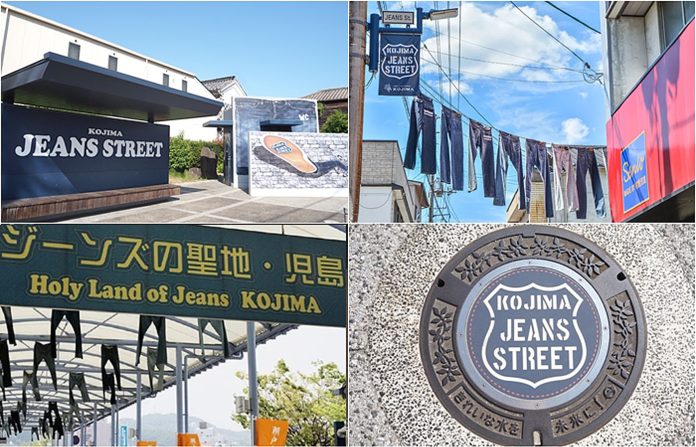
Influenced by historical occurrences, Japanese fashion has evolved over time, stemming from kimonos as the traditional main wear, to Japanese-styled western clothing, which often incorporates blue jeans, that we more commonly see today.
When did the culturally American fashion piece of jeans come into Japanese society? It was mainly after World War II, when American-occupation beckoned waves of interest in American pop culture, food, and fashion, including jeans. U.S soldiers sold or traded their blue jeans, or some left their belongings behind before returning to the U.S., catching the eye of Japanese youth. Because of this, jeans were called G-pants (GI’s pants) in Japan for some time. Jeans then became very popular among Japanese men in the 50’s, and gradually among Japanese females in the 70’s when many girls enjoyed wearing Levi’s flare jeans.
Initially, Japan imported most of its jeans from the US, but the domestic production gradually increased in the 70’s with the success of Japanese brands such as Big John and Edwin. Denim produced in Japan is distinct in its exclusive forms of dying, weaving, and quality of the material. For example, original jeans were very rough, owing to tough denim fabrics, but a Japanese denim maker Maruo Clothing developed a method called “One Wash” which makes denim fabric tender and soft. This method now prevails and is widely used in denim production across the world.
Japanese indigo also gives this fashion statement special Japanese characteristics. The history of Japanese indigo dye dates back to the 6th century, when indigo plants, and the method of extracting dark shades of blue from it, came from China. Initially, indigo dye production was very small, and its dye was only available to aristocrats or samurais. By the 17th century, however, its production became widespread, and many daily use items, such as yukatas and hand towels, were often dyed indigo blue. This characteristic Japanese indigo is used in premium denim products today, showcasing this uniquity that makes Japanese denim so special.
The western prefecture of Okayama has the largest Japanese denim production, having Big John and other jean production shops set there, which also procure denim fabric for overseas luxury brands.
Here, there is a street called Kojima, which is also known as “Jeans Street”. It is a 400-meter street lined with over 30 jeans stores and welcomes more than 100,000 visitors per year with pairs of hanging jeans, and taxis, ashtrays, coffee shops, and vending machines decorated with denim patterns. International and domestic tourists alike are drawn to the high-quality fabric and techniques used in the production of jeans made here, many leaving with a new pair, or a few pairs, of jeans.
Whether it be traditional clothing or a pair of jeans, Japanese fashion is leaving a mark across the globe.
